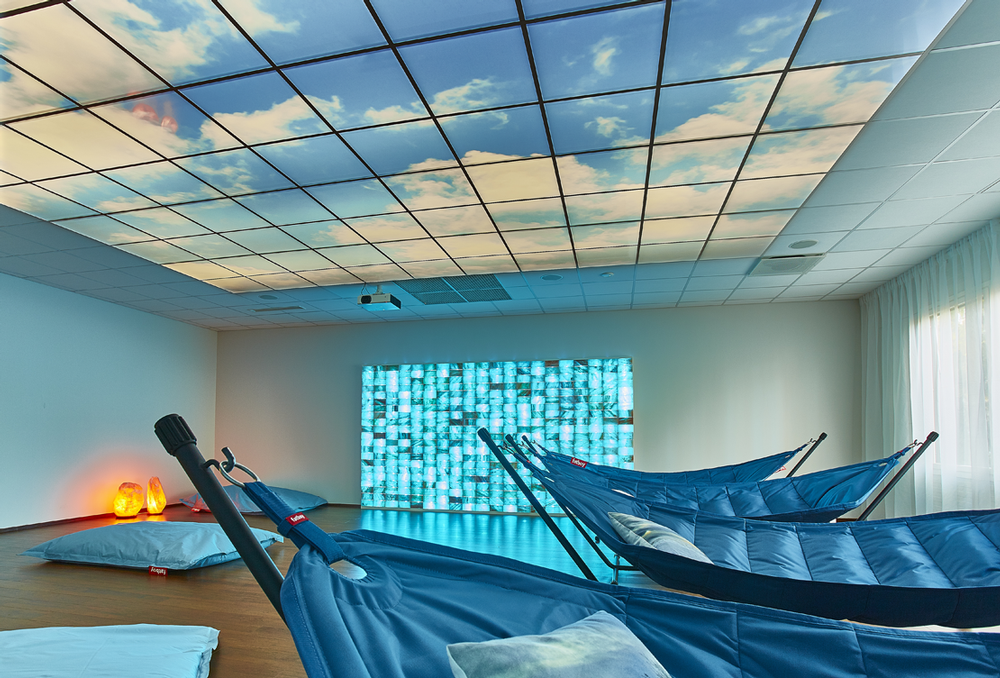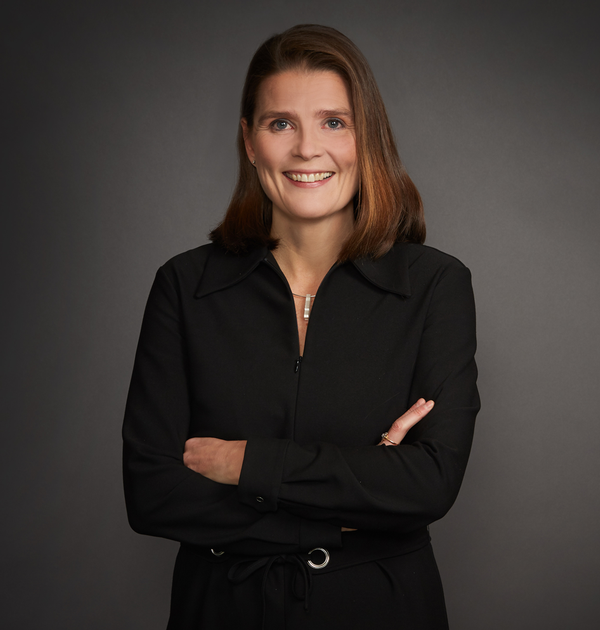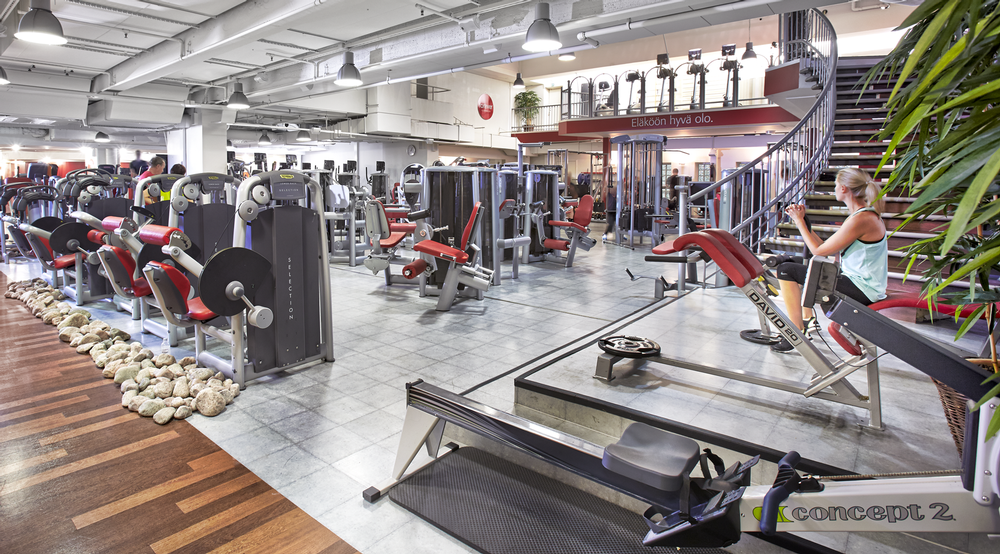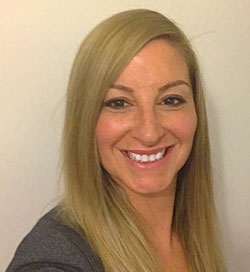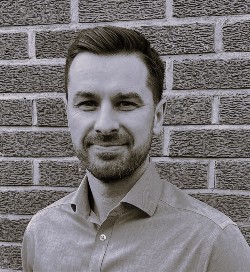Pihlajalinna, one of Finland’s largest healthcare providers, has ventured into the fitness sector by acquiring Finnish health club chain Forever. The deal has seen it take over 10 of 12 Forever sites, with the remaining two being operated as franchises.
“Investing in a fitness chain is a logical step for us to take,” says Pauli Waroma, Pihlajalinna’s marketing director. “The move is part of our long-term strategy of trying to keep people healthy and prevent them from getting ill – rather than us having to treat them once they do get sick.”
PARTNERSHIP MODELS
For a commercial company to base its strategy on helping people not require its services might, at first, sound counterintuitive. But it is part of an innovative model Pihlajalinna has introduced for delivering healthcare on behalf of what has become its largest client – the public sector.
“All local authorities grapple with the cost of health and social care services – and many of them look to outsource those services to the private sector in order to make them more manageable,” Waroma says.
“But rather than having local authorities simply buy the services from us, we’ve come up with what we call a municipal joint venture model,” he explains.
The model is based on health care services being delivered by a company which is co-founded by Pihlajalinna in partnership with the local authority wanting to outsource its services. Pihlajalinna holds a majority in the ventures, but operational decisions are made by an executive board which is usually made up of members of the local authority and Pihlajalinna employees.
“Having services delivered by a joint company gives authorities a measure of control and involvement in the decision making,” Waroma explains.
“Most importantly, it creates an incentive to keep people healthy, because the company we set up with the local authority makes more money the healthier people are. This is because the joint company gets a set amount of money for each resident whose healthcare it’s responsible for – whether they need care or not.
“Take the local authority of Mänttä-Vilppula for example, where the company gets €3,800 a year for every resident.
“The fee won’t cover the treatment costs of residents with very complex care needs, which obviously means that the company makes a “loss” on each person whose care costs more than the €3,800.
“But the company also gets €3,800 for each Mänttä-Vilppula resident who never visits a doctor during the year. So each healthy person, who doesn’t require any care, makes a “profit” for the company. So there’s a clear incentive to keep residents healthy and out of doctors’ surgeries and hospitals.
“It’s a great model for local authorities, because it allows them savings and efficiencies, but also gives them half of any earnings made by the joint venture company. They can then use that surplus for anything else they need to provide – from building schools to investing in other services.”
KEEPING IT LOCAL
According to Minna Elomaa, Pihlajalinna’s head of business operations for southern Finland, the model’s economic benefits go beyond the direct savings in healthcare costs.
“At the heart of the joint venture blueprint is a vision to ensure that services remain in the local area close to the people who need them,” Elomaa says. “This means that the infrastructure which delivers the services creates jobs for the local community – from doctors and social care workers to suppliers – which in turn boosts the local economy.”
The model has already proven highly successful and there are now five joint venture companies across Finland, with each producing considerable savings – and returns – for the local authorities involved.
Take the aforementioned region of Mänttä-Vilppula, where total social and healthcare net expenditure decreased by 8.2 per cent in the first year of the new model being in operation. During the first four years of its life, the model has achieved cumulative savings of around €27.6m.
The joint venture companies now account for more than half of Pihlajalinna’s annual turnover and, as a result, Pihlajalinna has established itself as the market-leader in the outsourcing of social and healthcare in Finland.
“We were the first to introduce this model and – through the joint companies – we’re now directly responsible for the health and social care of around 100,000 Finns,” Elomaa adds.
Pihlajalinna’s drive to keep people healthy was a key factor in it investing in a fitness business. Waroma reveals that getting into physical activity had been on the company’s strategy sheet for a while, as part of plans to increase the preventative healthcare measures available to be deployed.
He adds that the company saw a good fit with Forever, as it offers a diverse range of wellbeing services for adults.
A FOCUS ON WELLBEING
In addition to gym floors and group exercise classes, Forever’s menu of services covers personal training, physiotherapy and massage therapies. Among its signature services is also something called Fustra, an exercise programme which aims to strengthen body weaknesses with correct postures and movements, supported by physiotherapy and nutrition coaching.
According to Waroma, Forever’s position as a full-service provider – rather than a mid-market or budget operator – made it a good fit for Pihlajalinna, which was looking to operate more than just gym spaces.
“What the budget clubs offer, more or less, are spaces with equipment in which members are required to simply get on with their own training,” Waroma says.
“But Forever offers a completely different proposition which has kept fitness instruction and training as an important element of its core business model – and has done so very successfully.
“At some gym companies, memberships bring in 90 per cent or more of their revenue, but at Forever, memberships only account for around 70 per cent of income. The other 30 per cent comes from services sold on top of those memberships – such as physiotherapy, massages, personal training, nutritional advice and so on.
“So it’s a more diverse, holistic offer, which sits well with our ethos of getting – and keeping – people healthy.”
Waroma adds that there’s a lot of excitement within the company following the acquisition of Forever.
NATURAL FIT
“Having our own physical activity provider was the one missing piece in the puzzle,” he says.
“If we can get inactive people more physically active and healthy using the Forever clubs, they are less likely to need our health care services. Which is what we want with our joint venture model with local authorities.”
He adds that Forever and its mix of services will also sit well with two other key sectors in which Pihlajalinna operates – the corporate market and its private hospitals.
“We offer corporate health services, so Forever will come into play in that area of our business,” he says.
“Say that a corporate healthcare package is sold at €60 per worker. By adding a Forever membership to the mix, we could sell it for €80 per worker – and offer people the opportunity to get fit and lead a more active life.
“Forever’s gym floors and expertise in physiotherapy will also fit in well with our hospital services. Our private hospitals perform a lot of operations in areas such as knees, ankles and hips – all of which require physiotherapy in the prehabilitation and rehabilitation phases.
“We already offer physiotherapy services within our hospitals, but they are intensive by nature and sometimes finish a bit prematurely. Having the Forever business means that we can continue that physiotherapy at the gyms and also get post-operative patients physically active.”
UNIFYING THE BUSINESS
The fitness estate is operated by a subsidiary, called Pihlajalinna Liikuntakeskukset (roughly translated as Pihlajalinna Fitness Centres). Pihlajalinna owns around 70 per cent of the company, with the Forever founders, entrepreneurs Mikko Mustala and Jyrki Lindblom, retaining the rest of the equity. Mustala has also been named managing director of the new subsidiary.
Whether the Forever brand will live on – or whether the portfolio will be renamed – is still under discussion.
“Regarding the brand, we have three options,” says Waroma. “One is to run the clubs under the Forever brand, the other to rebrand all the clubs as Pihlajalinna and the third option is to come up with something completely new in terms of a name which is complementary.”
Elomaa adds that the second option is most likely, as the company is looking to unify all its operations under one brand. What’s certain, however, is that the portfolio will grow.
“We’re currently studying ways to expand, especially as most of the Forever sites are in Southern Finland and we want to be a nationwide operator,” Waroma says.
“We’ve already made our first acquisition in the physical activity space by buying a sports and fitness centre called Leaf Arena in the city of Turku, which will be operated by Pihlajalinna Liikuntakeskukset alongside the 10 Forever clubs.
Elomaa adds that the physical activity arm will form an increasingly important part of Pihlajalinna’s future. “Our motto is to help people live fuller, healthier lives,” she says. “And providing people with opportunities to get physically active is now right at the heart of it.
“It’s our long-term plan to grow the Forever estate and add sites to the network where it fits our existing services.”








